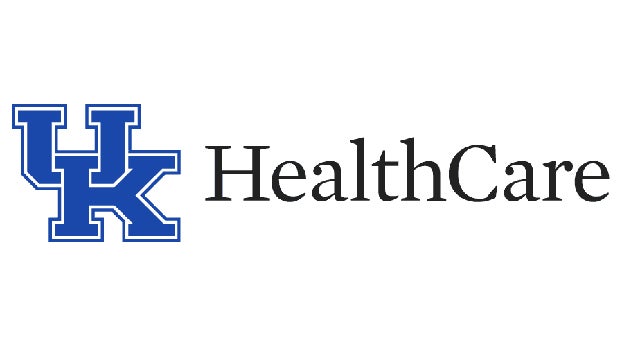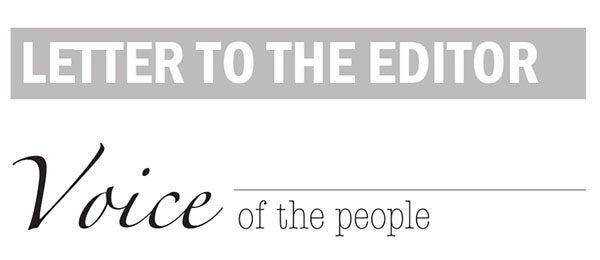New tobacco-free law successful for Kentucky schools
Published 6:24 pm Thursday, August 29, 2019
EDITORIAL
The Advocate-Messenger
Since the passage of Kentucky’s tobacco-free schools law, the number of school districts with tobacco-free policies has more than doubled, according to new data from the Foundation for a Healthy Kentucky.
The Foundation reported Thursday that 148 school districts have adopted tobacco-free campus policies since April, accounting for 84 percent of the state’s districts.
The law went into effect in April, meaning there has been tremendous improvement in just four months. According to the foundation, half of the districts enacted new tobacco-free policies in just the first two months the law was in effect.
We believe these policies help change the status quo surrounding smoking and tobacco use. When school campuses are tobacco-free, it sends a message to our youth that smoking is not acceptable, and will hopefully reduce tobacco use in future generations.
According to the data from the Coalition for a Smoke-Free Tomorrow, which advocated heavily for the law in the 2019 General Session, 15.5% of Kentucky high-school students reported in 2017 having tried tobacco before they turned 13. Also in 2017, 2.6% of middle-schoolers and 10.6% of high-schoolers in the state used smokeless tobacco; 3.9% of middle-schoolers and 14.1% of high-schoolers used e-cigarettes; and 2.7% of middle-schoolers and 14.3% of high-schoolers smoke cigarettes.
Overall, in 2017, 7.6% of middle-schoolers and 26% of high-schoolers reported using some sort of tobacco product.
It’s alarming that more than a fourth of Kentucky high schoolers are using tobacco, and we believe 100% tobacco-free campus policies could help reduce that number.
“Schools with consistently enforced tobacco-free policies are more likely to have lower rates of student smoking than comparable schools without tobacco-free policies,” the coalition reports. “Schools that allow smoking areas or the use of smokeless tobacco by anyone on campus create the aura of official acceptance of tobacco use. That, in turn, significantly influences students’ attitudes toward tobacco use in general and increases smoking behavior.”
Tobacco use behaviors typically are established before age 18. The peak years for first trying tobacco products are in the sixth and seventh grades, or between the ages of 11 and 13.
Nicotine is a highly addictive drug and adolescents are particularly vulnerable to its effects. Symptoms of serious addiction can appear within weeks or even days after occasional smoking begins. About three out of four teen smokers end up smoking into adulthood, even if they intended to quit after a few years.
Each year in Kentucky, 2,900 youth become daily smokers.
The benefits of reducing youth smoking rates are obvious and plentiful.
“Youth face immediate health consequences of tobacco use, including reduced lung function, increased number and severity of respiratory infections, decreased physical fitness, increased resting heart rate, depression, more school absences and poor cognitive performance,” according to the coalition.
The increase in number of districts implementing these policies shows that districts are committed to playing a vital role in reducing teen tobacco use.
There is no place for tobacco on school campuses, whether before. during or after school hours. These policies drive that message home.





